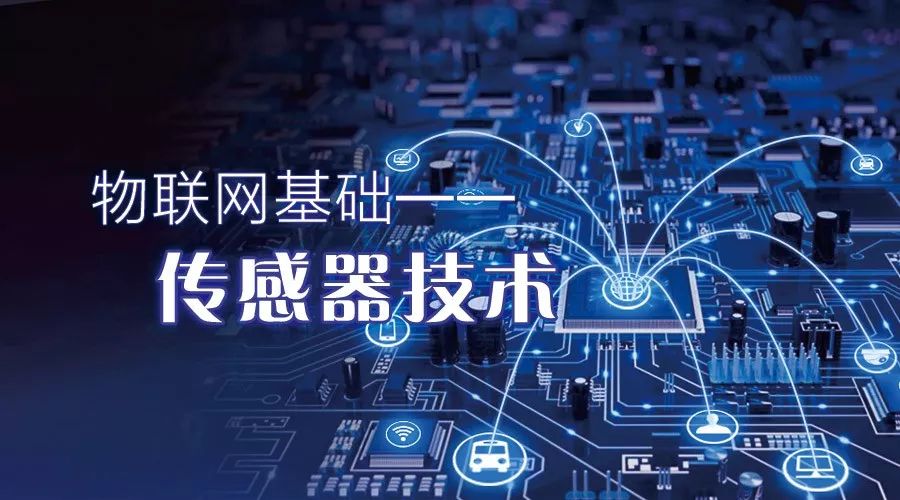


With the development of the Internet, the Internet of Things has also experienced explosive growth. Recently, the State Grid Corporation has made comprehensive deployment arrangements for the construction of a ubiquitous power IoT, further reforming and innovating to improve energy production efficiency and the intelligence level of electricity usage.
Sensors, as information collection devices in the Internet of Things, are an important means for various information processing systems to acquire information, playing a crucial role in the IoT. The field of knowledge involved in sensor technology is very broad, and the demand for professionals in this area is increasing. Currently, courses related to sensor technology are core courses in electrical, electronic information, automation, and IoT majors at colleges and universities. This issue specially presents the latest published textbooks for reference and selection by schools.

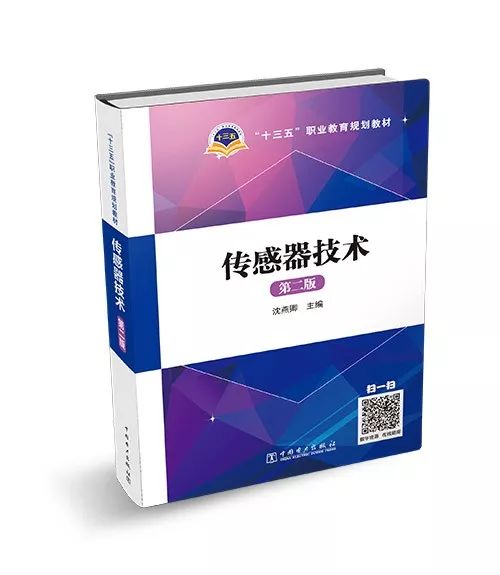
Author Profile
Shen Yanqing, Associate Professor at Chongqing Industrial Vocational Technical College, member of the Chongqing Artificial Intelligence Society. From 2017 to 2018, she visited the University of Maryland as a backbone teacher for Chongqing’s characteristic majors, and in 2010 participated in electrical technology training at Australia’s Qismont College.
She mainly undertakes teaching and scientific research work in intelligent control and detection technology, and has hosted or participated in various projects including Chongqing Municipal Education Commission’s scientific projects, the construction of the national teaching resource library “Application of Sensors” course, and the construction of Chongqing’s electrical automation technology backbone major, as well as various horizontal projects such as DC motor controllers, engine testing systems, and battery capacity monitoring devices. She has published over ten articles in the field of artificial intelligence and intelligent control, including five in SCI engineering technology zone 1.
Textbook Features
This book enhances the systematic teaching of sensors through the method of selecting and categorizing content, striving to highlight common foundations, focusing on the applications of sensors, and emphasizing the introduction of the working principles, characteristics, and typical applications of commonly used sensors, while focusing on basic skills for solving practical problems such as sensor selection, debugging, and measurement data analysis.
This book uses typical engineering applications of sensors as case studies, focusing on guiding students to think, self-learn, and discuss, enabling students to master engineering application skills such as design, production, debugging, and maintenance of commonly used sensors while learning the ideas and methods for using sensor technology to solve practical engineering problems.
Target Audience
This book can serve as a textbook for courses such as detection technology and sensor technology in higher vocational colleges and can also be a reference book for teachers, students, and engineering technicians in related majors such as electrical engineering, IoT, electronic information, and automation.
Table of Contents
Preface
First Edition Preface
1 Sensor Technology Basics
1.1 Introduction to Sensor Technology
1.2 Basic Concepts and Naming of Sensors
1.3 Sensor Characteristics and Technical Indicators
1.4 Measurement Errors and Accuracy
1.5 Data Processing of Measurement Results
1.6 Measurement and Conversion Circuits of Sensors
1.7 Sensor Outputs and Wiring
Exercises
2 Temperature Sensors
2.1 Temperature Scales and Measurement Methods
2.2 Expansion and Pressure Thermometers
2.3 Resistance Temperature Sensors
2.4 Thermocouple Sensors
2.5 Radiation Temperature Sensors
2.6 Other Temperature Sensors
Exercises
3 Force Sensitive Sensors
3.1 Elastic Sensitive Elements
3.2 Resistance Strain Force Sensors
3.3 Piezoresistive Force Sensitive Sensors
3.4 Piezoelectric Sensors
Exercises
4 Gas, Humidity, Magnetic, and Light Sensitive Sensors
4.1 Gas Sensitive Sensors
4.2 Humidity Sensitive Sensors
4.3 Magnetic Sensitive Sensors
4.4 Light Sensitive Sensors
Exercises
5 Displacement and Acceleration Sensors
5.1 Potentiometer Type Displacement Sensors
5.2 Inductive Sensors
5.3 Capacitive Displacement Sensors
5.4 Ultrasonic Displacement Sensors
5.5 Position Sensors
5.6 Proximity Switches
Exercises
6 Flow Sensors
6.1 Basic Concepts of Flow
6.2 Differential Pressure Flow Sensors
6.3 Velocity Flow Sensors
6.4 Vibration Flow Sensors
6.5 Volumetric Flow Sensors
6.6 Mass Flow Sensors
Exercises
7 Comprehensive Applications of Sensors
7.1 Intelligent Robots
7.2 Sensors and Smart Homes
7.3 Sensors and Smart Cars
Exercises
Appendix 1 Thermocouple Calibration Tables
Appendix 2 Industrial Resistance Thermometer Calibration Tables
Appendix 3 Common Physical Constants Table
References
Supporting Resources
This book provides complete supporting teaching materials, including electronic courseware, teaching micro-courses, online test questions, etc., which can be accessed by scanning the QR code in the book.
(1) Electronic Courseware: The electronic courseware can be browsed online on mobile devices, allowing students to preview and review at any time; it can also be downloaded to computers for teachers to modify and use.
(2) Teaching Micro-Courses: The teaching micro-courses focus on engineering applications of sensors, supplemented by principles and characteristics introductions, which can well meet students’ personalized learning needs for different knowledge points, both filling gaps and reinforcing knowledge to enhance engineering application skills.
(3) Online Test Questions: Online test questions are divided into chapter exercises and self-assessment papers, allowing students to practice online during their spare time, check their learning status, and review in a timely manner.
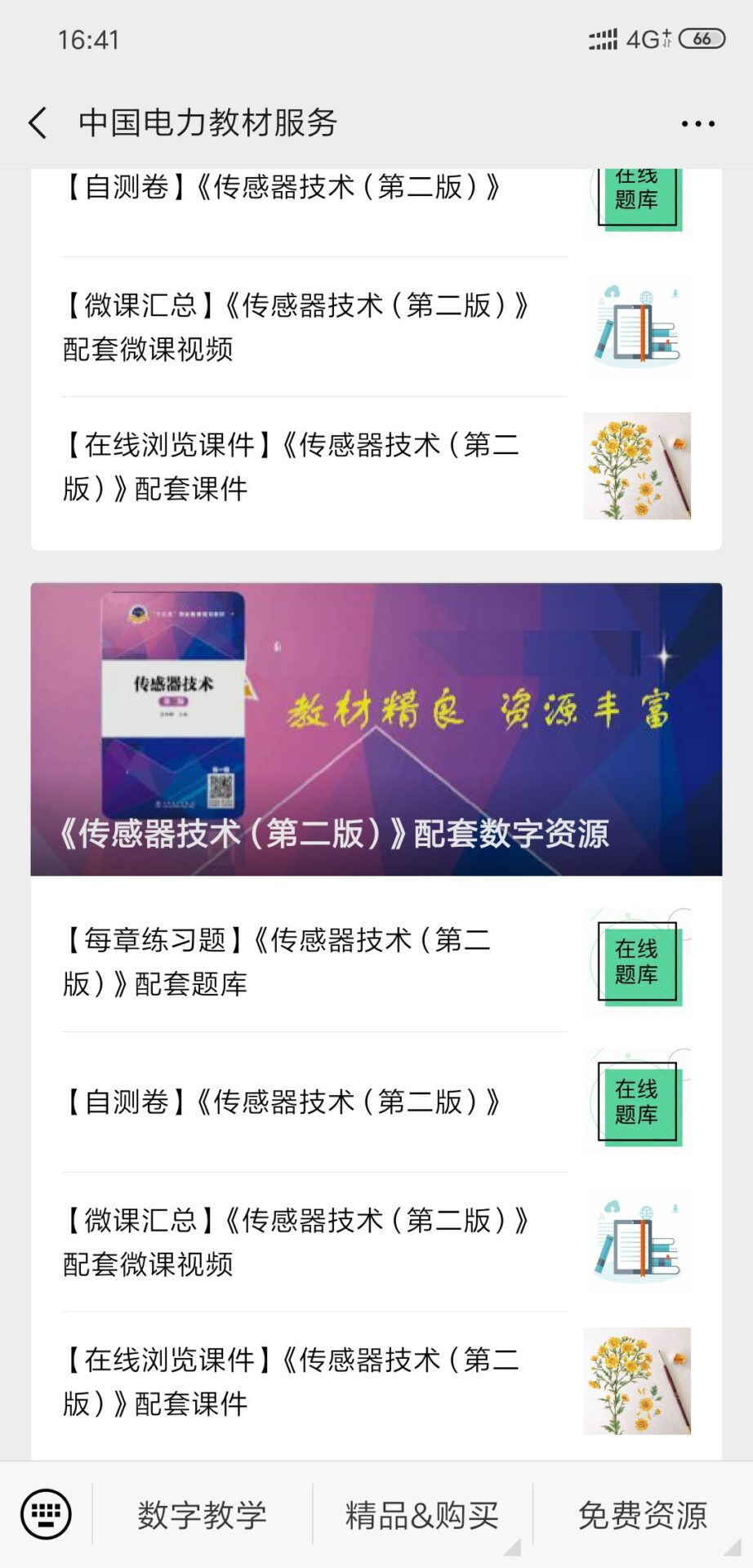
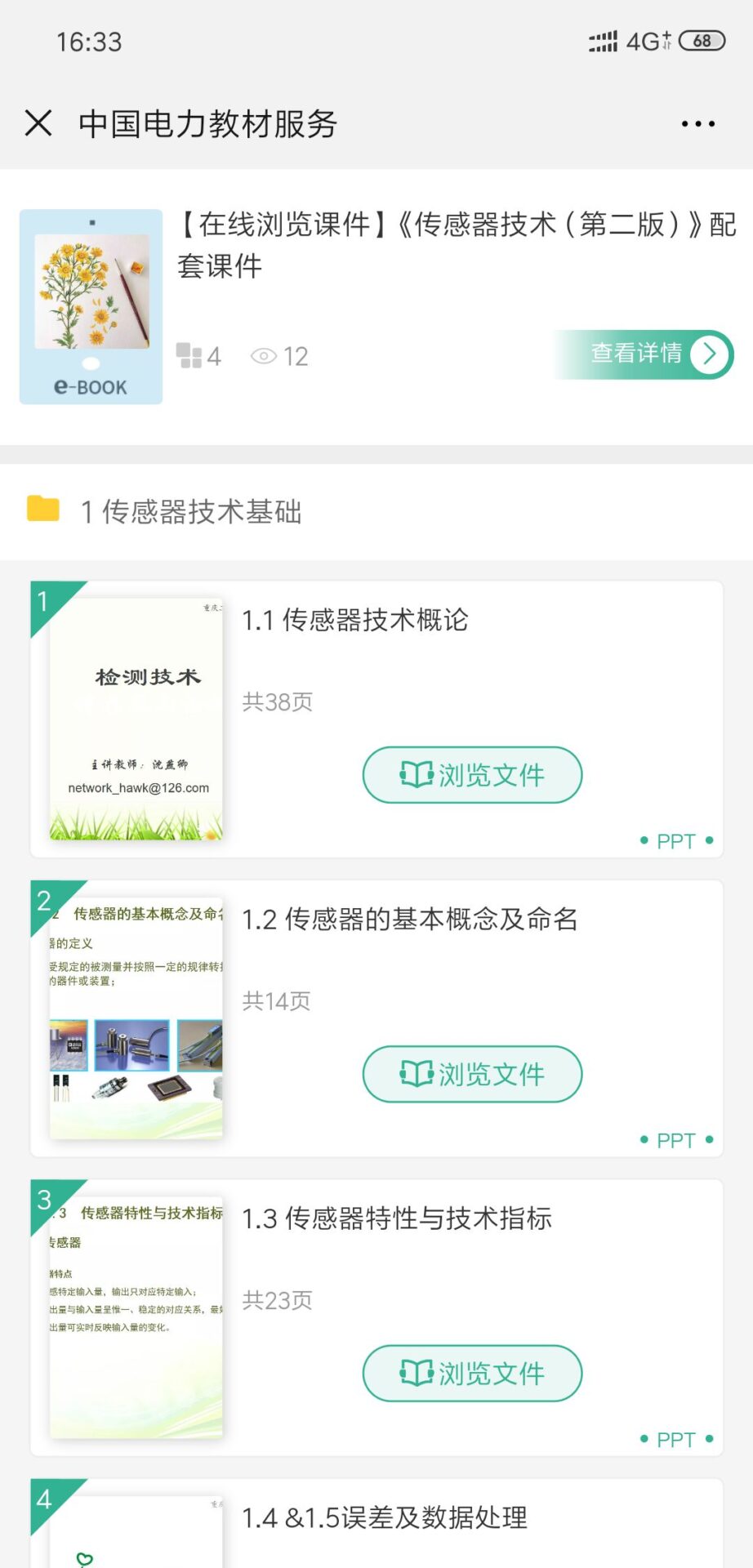
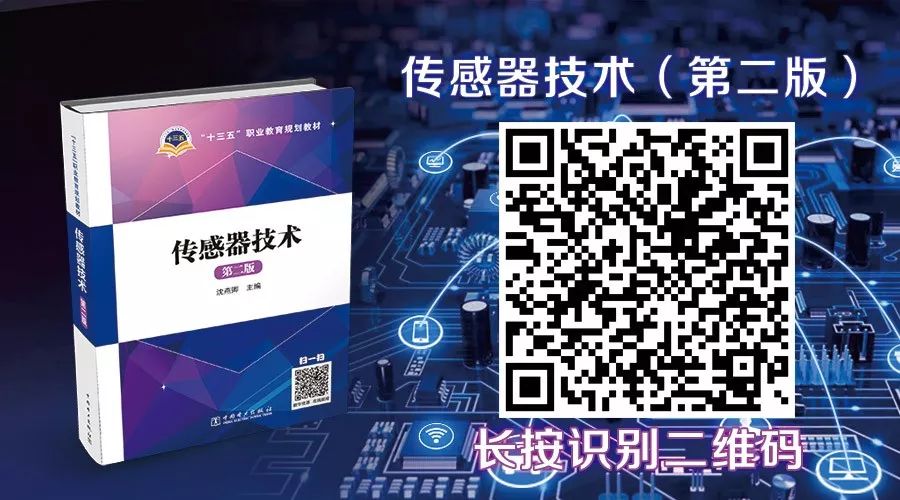
Micro-Course Directory
Micro-Course 1 Wiring Methods for Sensors
Micro-Course 2 Applications of Resistance Sensors
Micro-Course 3 Applications of Resistance Strain Sensors
Micro-Course 4 Applications of Piezoresistive Sensors
Micro-Course 5 Applications of Light Sensitive Sensors
Micro-Course 6 Applications of Potentiometer Sensors
Micro-Course 7 Applications of Ultrasonic Sensors
Micro-Course 8 Applications of Proximity Switches
Micro-Course 9 Principles of Differential Pressure Flow Sensors
Micro-Course 10 Principles of Velocity Flow Sensors
Micro-Course 11 Principles of Vibration Flow Sensors
Micro-Course 12 Principles of Volumetric Flow Sensors
Micro-Course 13 Principles of Mass Flow Sensors
Micro-Course 14 Teaching Project for Line Following Car
China Electric Power Press
Good Books on Power, Enjoy Reading
ID: zgdlcbs
Long press to identify the QR code to follow us
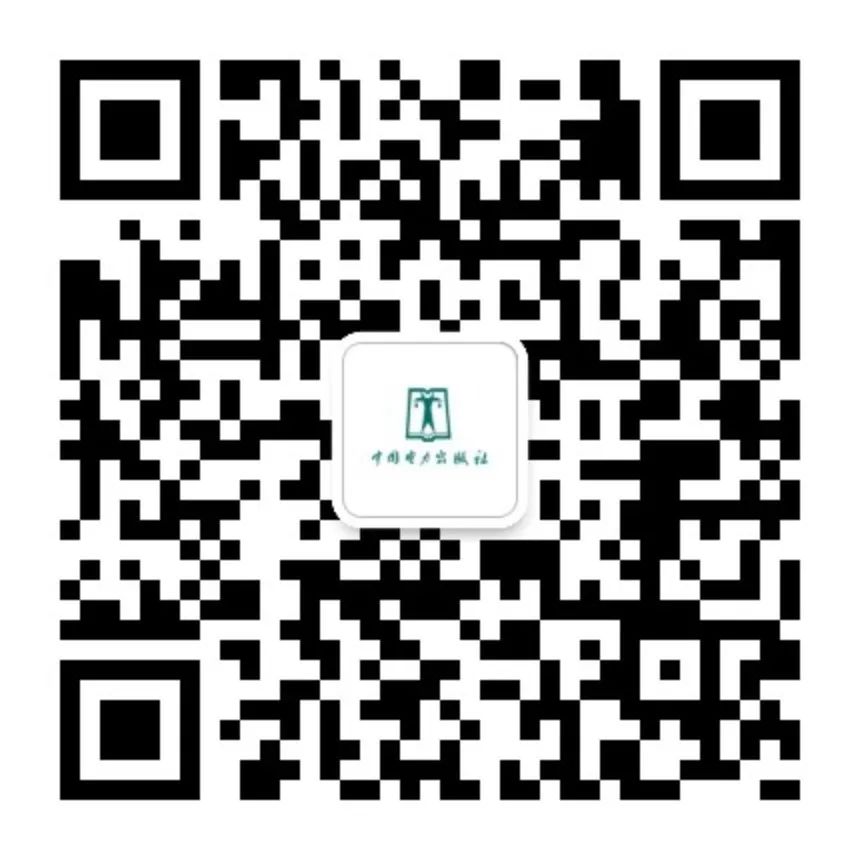
This introduces the latest book news from China Electric Power Press; focuses on the cutting-edge dynamics of the power energy industry; and shares hot social topics.